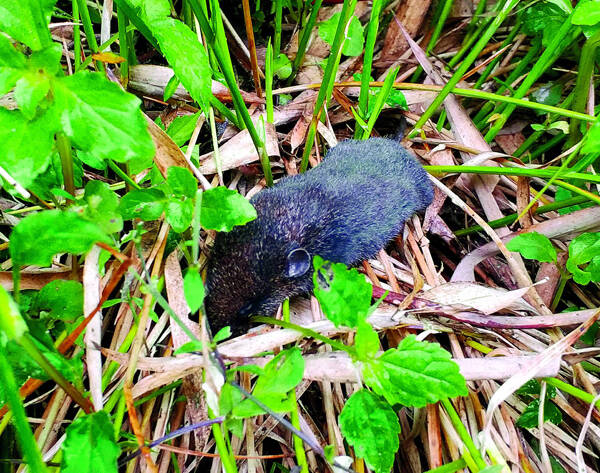Eothenomys shimianensis
IUCN
LCBasic Information
Scientific classification
- name:Eothenomys shimianensis
- Scientific Name:Eothenomys shimianensis
- Outline:Rodents
- Family:Rodentia Cricetidae Velociraptor E.shimianensis
Vital signs
- length:85-111mm
- Weight:
- lifetime:
Feature
Distribution and Habitat
This species is endemic to China and is only distributed in Sichuan. Its geographical location is in the triangle area between the Dadu River, Yalong River and Yangtze River, and it does not exceed the Kangding line to the north.
Appearance
A medium-sized chinchilla. The color is basically the same as other chinchilla species. The fur on the entire back is gray-black at the base and gray to yellow-brown at the tips. The fur on the ventral side is gray-black. There is no obvious boundary between the dorsal and ventral fur. The posterior edge of the palatine bone is abruptly interrupted, forming a transverse bone plate, which does not form a longitudinal ridge with the pterygoid bone and has no pterygoid fossa.
Details
Asbestos woolly rat is a new species published by Liu Shaoying et al. in 2018, and its type locality is located in Shimian County, Sichuan. In the phylogenetic tree constructed based on the mitochondrial genome, asbestos woolly rat and Kachin woolly rat constitute sister groups, and in the phylogenetic tree constructed based on the simplified genome, asbestos woolly rat is located in the middle of the nominal subgenus. The independent species status is strongly supported by both mitochondrial and simplified genomes.
Asbestos woolly rat is a medium-sized woolly rat. The average body length of an adult is about 100mm (85-111mm), the average tail length is 42mm (30-46mm), the average hind leg length is about 17mm (16-20mm), and the ear height is 12mm (10-13mm). The tail length is 42% of the body length, which is shorter than half of the body length. The color is basically the same as other woolly mice. The fur color of the entire back is gray-black at the base, and the fur tips are gray to yellow-brown. The fur color of the ventral side is gray-black. There is no obvious boundary between the dorsal and ventral fur colors. The posterior edge of the palatine bone is abruptly interrupted, forming a transverse bone plate, which does not form a longitudinal ridge with the pterygoid bone, and there is no pterygoid fossa. The teeth are basically the same as those of the Eothenomysmiletus. The left and right triangles of the first lower molar are horizontally confluent and interpenetrating; the first upper molar has 4 angular processes on the inner side and 3 angular processes on the outer side; the third upper molar has 4-5 angular processes on the inner side and 3-4 angular processes on the outer side. The main difference between the Asbestos woolly mice and other woolly mice is the individual size and the ratio of tail length to body length. Individuals of Asbestos woolly rats are smaller than those of Lijiang woolly rats (Eothenomys fidelis), Kachin woolly rats (Eothenomyscachinus), and giant woolly rats of the same subgenus (nominative subgenus: <Eothenomys>), and larger than those of black-bellied woolly rats (Eothenomys melanogaster), Yunnan woolly rats (Eothenomyseleusis), and Fujian woolly rats (Eothenomyscolurnus). The ratio of tail length to body length is smaller than that of Kachin woolly rats, Yunnan woolly rats, and giant woolly rats, but larger than that of black-bellied woolly rats, Lijiang woolly rats, and Fujian woolly rats.









